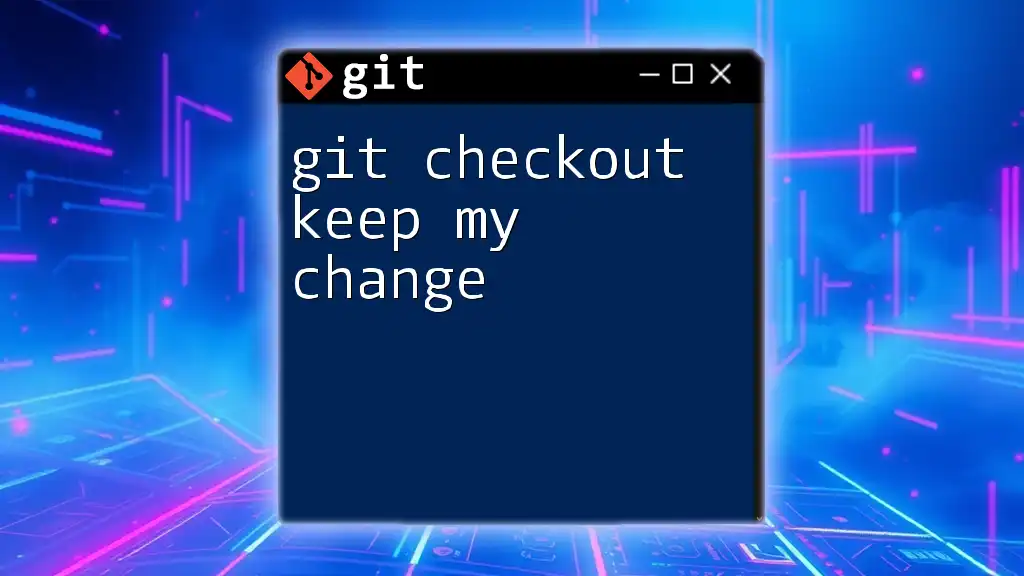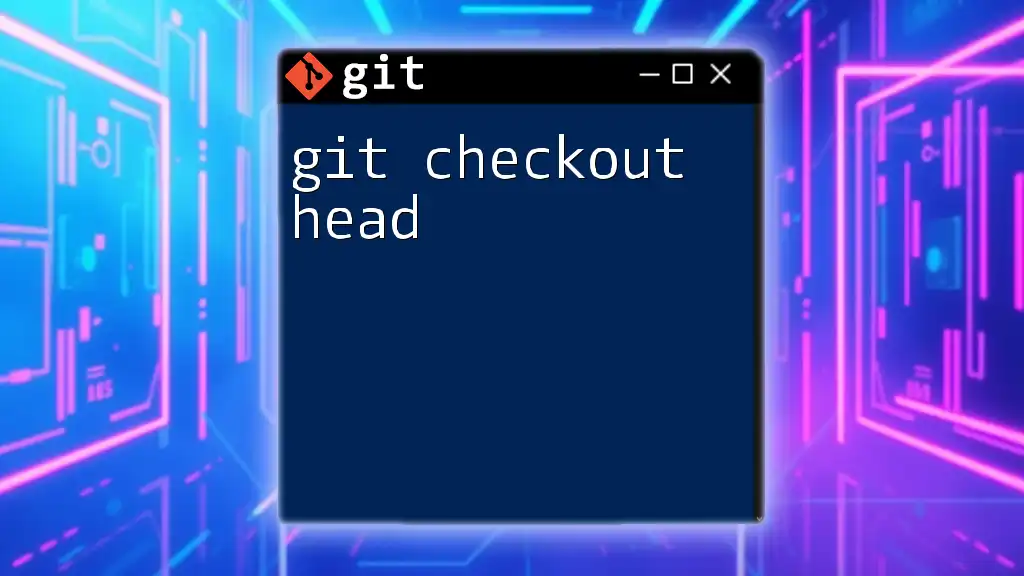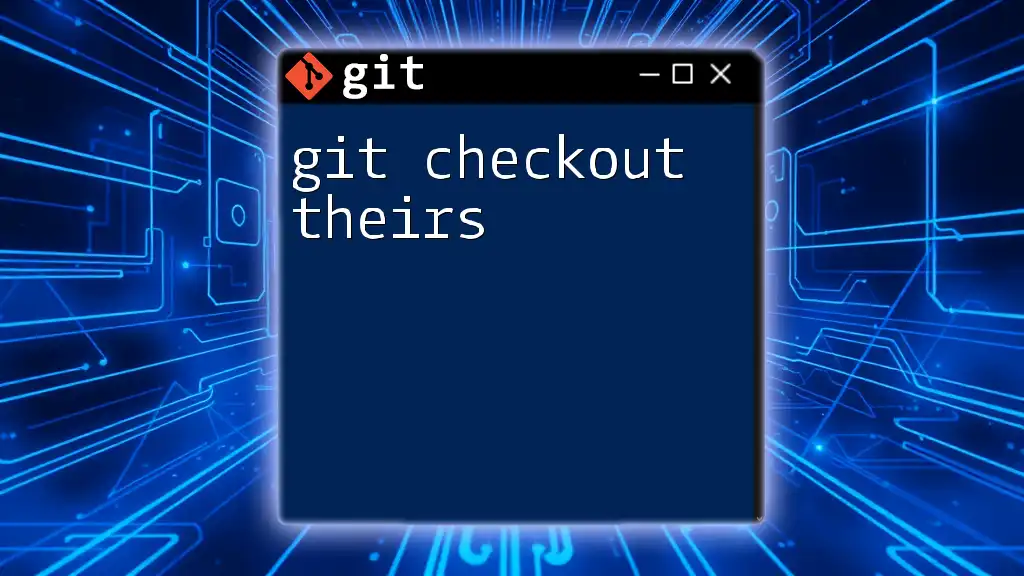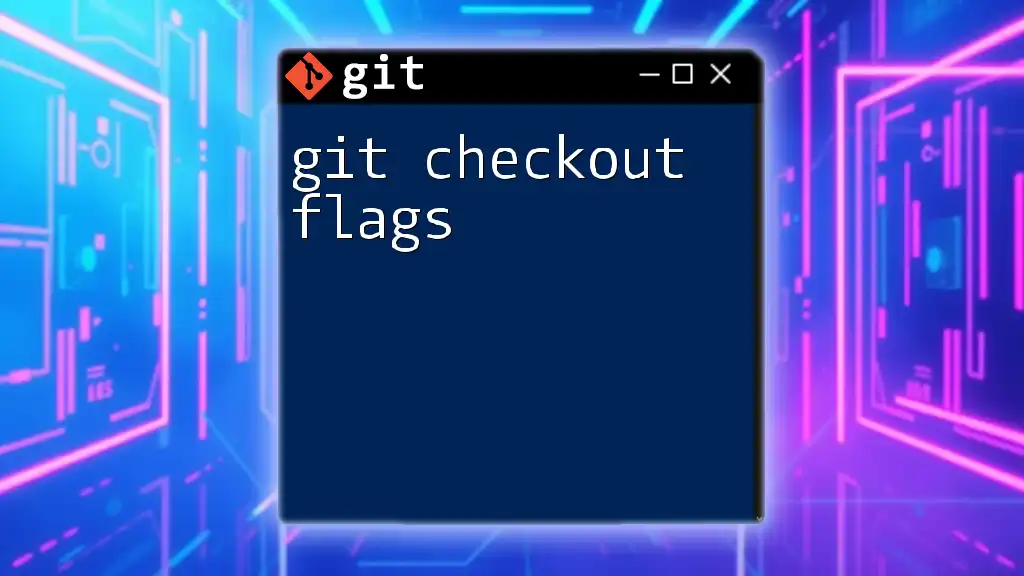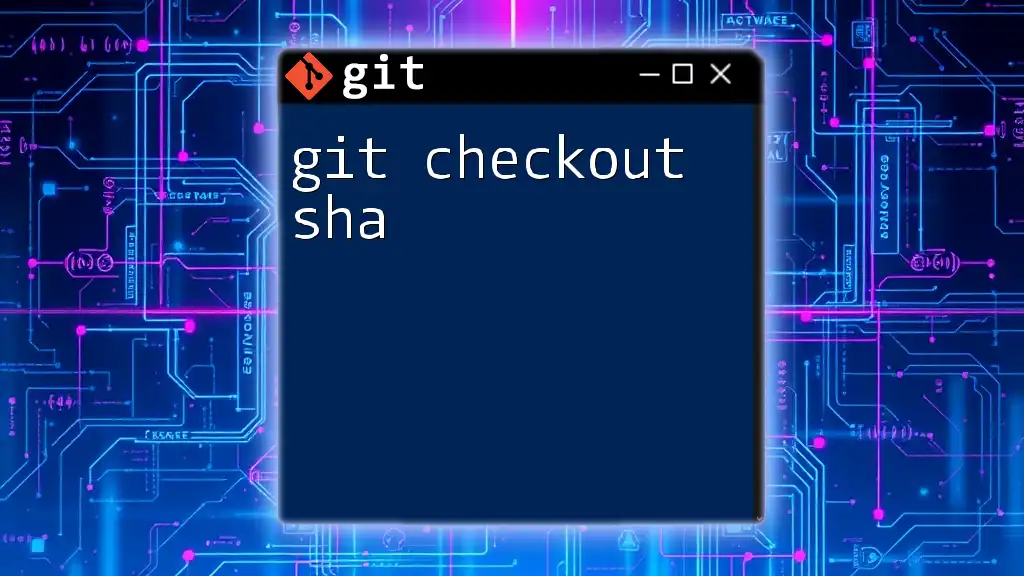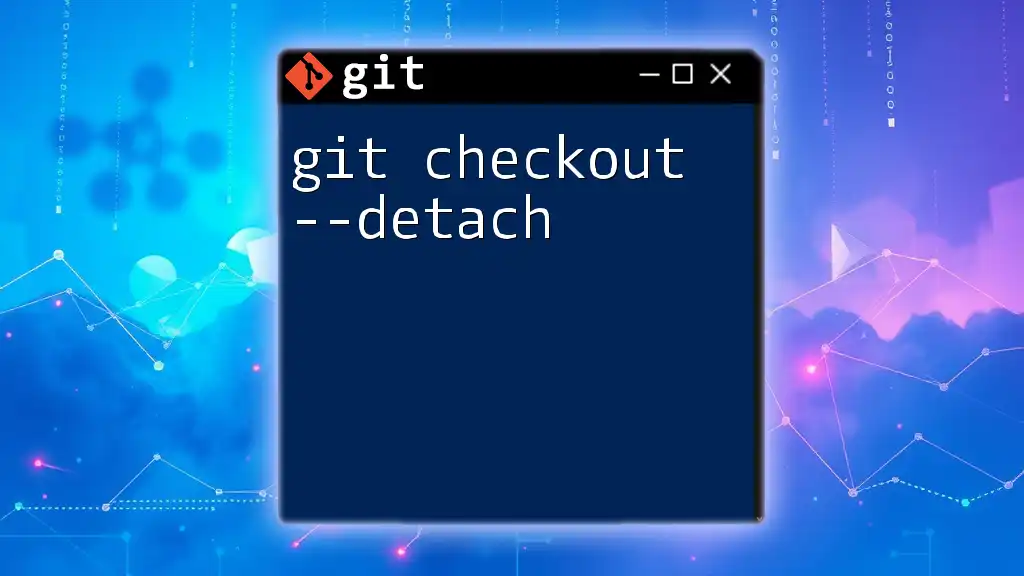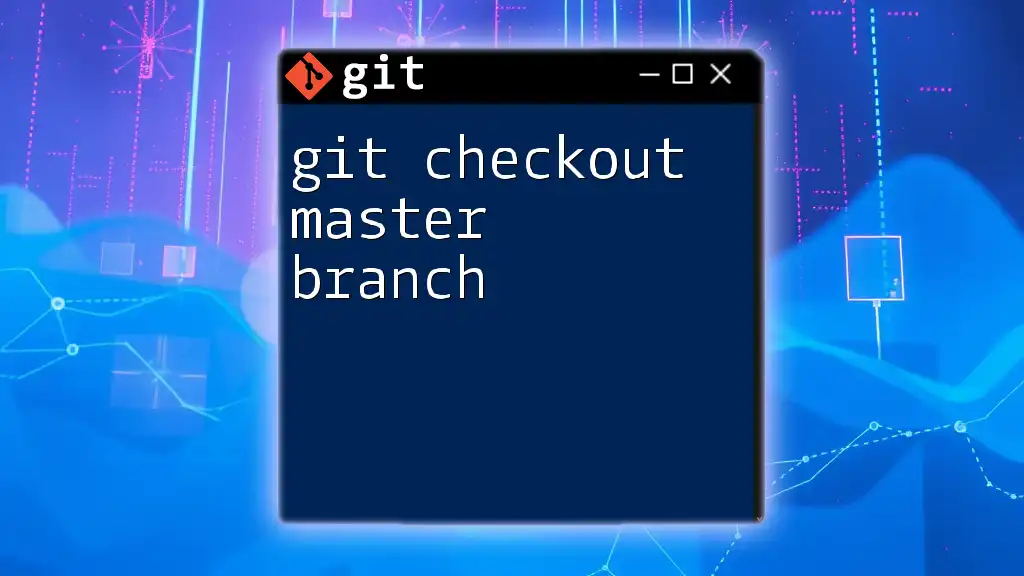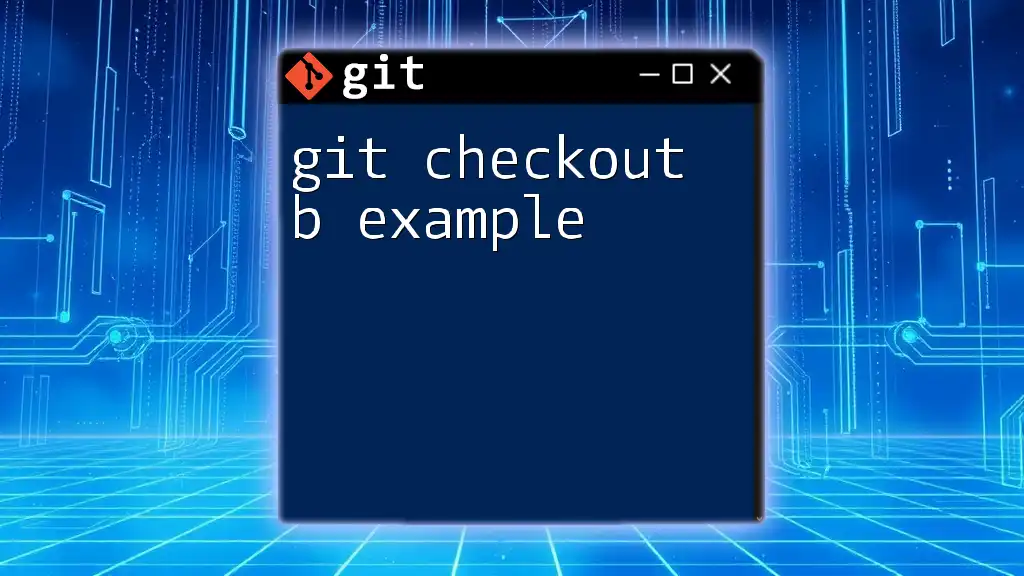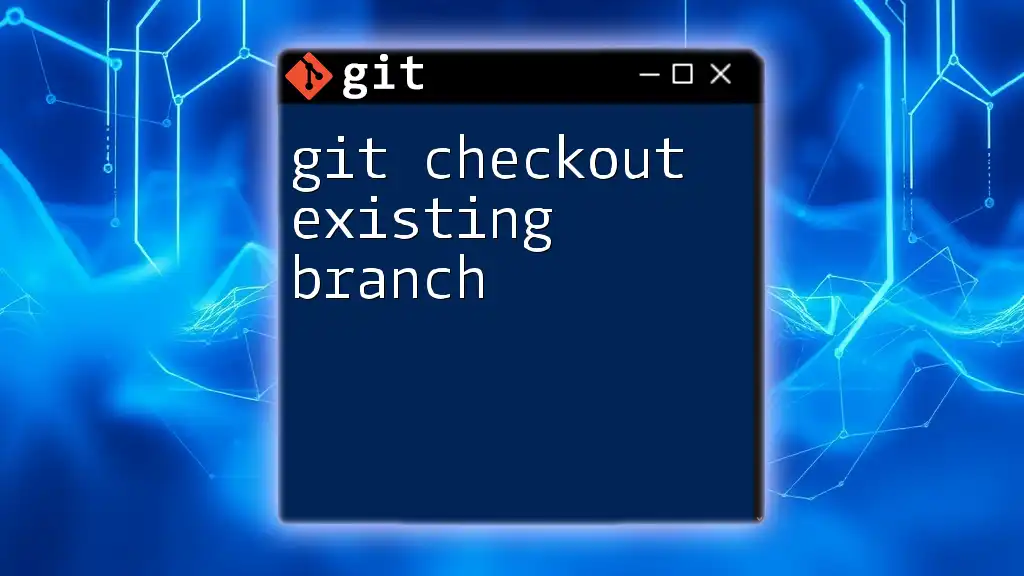The `git checkout --keep` command allows you to switch branches while preserving uncommitted changes in your working directory.
git checkout --keep <target-branch>
What is `git checkout`?
The `git checkout` command is a fundamental tool in Git, commonly used for multiple purposes. It primarily allows you to switch between different branches, restore files, or even revert changes in your working directory. The versatility of this command makes it essential for managing your codebase effectively.
When you execute `git checkout`, you can:
- Switch branches to work on different features or fixes.
- Restore files to a particular state, be it from another branch or a previous commit.
- Manage the overall workflow of your repository efficiently.
Understanding `git checkout` is crucial because it can significantly affect your workflow and project history.
The Importance of Understanding `git checkout`
Being proficient in using `git checkout` is vital for both beginners and seasoned developers. Switching branches or restoring changes without understanding the ramifications can lead to the unintentional loss of critical work. Thus, grasping the nuances of this command—and specifically, how to ensure that your changes are kept—is essential for a smooth development experience.
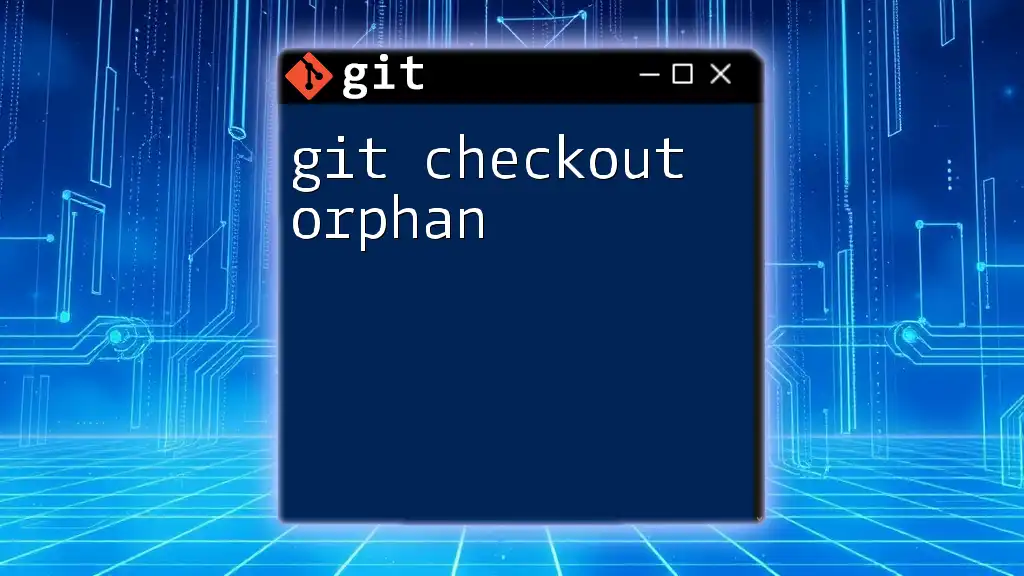
The Concept of "Keeping My Changes"
In the context of Git, keeping my changes refers to the ability to maintain your current work, even when you decide to switch to a different branch or revert a file. This command is particularly important when you're in the middle of developing a feature, but need to pause and switch contexts to address something urgent.
Situations that Commonly Require Keeping Changes
- Switching branches with uncommitted changes: You may find yourself needing to move to a different branch mid-development.
- Recovering from errors without losing important work: Perhaps you've made a mistake or inadvertently altered your files, and you need a way to return to a stable state.
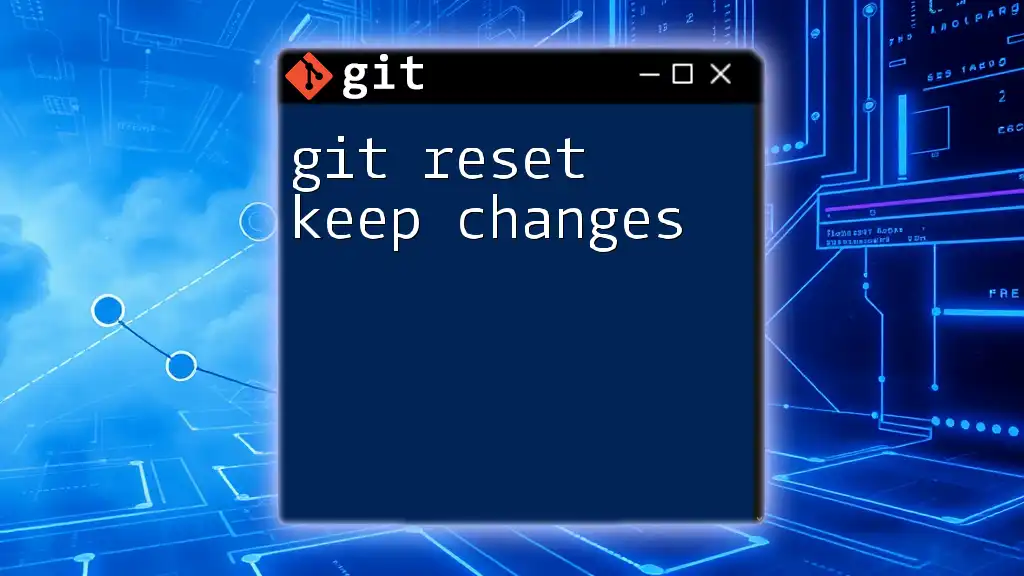
How to Keep Your Changes Using `git checkout`
To keep your changes while switching branches, you can use the command:
git checkout --keep-my-changes
This command allows you to preserve any uncommitted changes in your working directory while you switch to another branch. This is a lifesaver, particularly for developers who often juggle multiple tasks at once.
What Happens When You Use `git checkout` Without Keeping Changes
Using `git checkout` without keeping changes raises significant risks of losing your uncommitted work. If you switch branches or revert files without involving some mechanism to retain your changes, you may lose hours of work in moments of carelessness or when under pressure.
Having a clear grasp of these risks enhances your Git proficiency and helps prevent unnecessary setbacks in your development workflow.
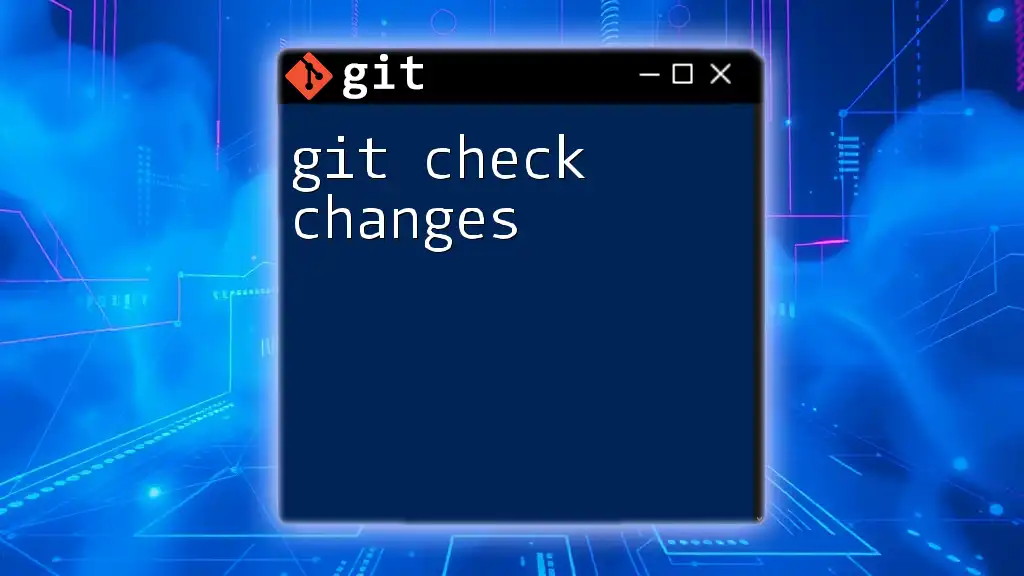
The Alternatives to `git checkout --keep-my-changes`
Stashing Changes
One effective way to maintain changes when switching branches is by using `git stash`. This command temporarily saves your uncommitted changes so you can safely switch branches or work on something else.
- To stash your changes, use:
git stash
- After stashing, you can switch to your desired branch:
git checkout other-branch
- When you’re ready to restore your stashed changes, simply use:
git stash apply
The `stash` command is perfect for quickly saving your workflow without having to commit partial work.
Using Branches Effectively
Creating and utilizing branches for different features is another way to manage your workflow effectively. When faced with the need to keep your changes, consider creating a new branch for your ongoing work.
To create and switch to a new branch, execute:
git checkout -b my-feature-branch
This approach not only keeps your changes intact but also allows you to develop features in isolation, leading to a cleaner commit history.
Committing Changes Before Switching
One of the best practices in Git is to commit your changes before switching branches. Committing ensures that your work is saved in the repository, reducing the risk of losing changes.
For best results, follow these commands:
- Stage your changes:
git add .
- Commit your changes with a meaningful message:
git commit -m "WIP: Keeping my changes before switching branches"
Using descriptive commit messages will make it easier to understand the purpose of your changes later on.

Common Pitfalls and How to Avoid Them
Many developers, especially those new to Git, make mistakes when using `git checkout`. Common errors include:
- Switching branches without committing or stashing changes might lead to unintentional data loss.
- Misunderstanding the implications of reverting changes can complicate your development efforts.
To avoid these pitfalls, always verify whether you have uncommitted changes before performing a `git checkout`. Developing a habit of checking your working state will minimize risks.
Recovery from Mistakes
Even with the most careful practices, mistakes can happen. If you've lost changes after an unsuccessful `git checkout`, you may still recover them using `git reflog`. This command tracks changes in your repository, allowing you to restore a previous state.
To view your commit history, run:
git reflog
From here, you can checkout to any previous point by using the following syntax:
git checkout HEAD@{n}
Replace `{n}` with the appropriate number associated with the commit you'd like to restore.
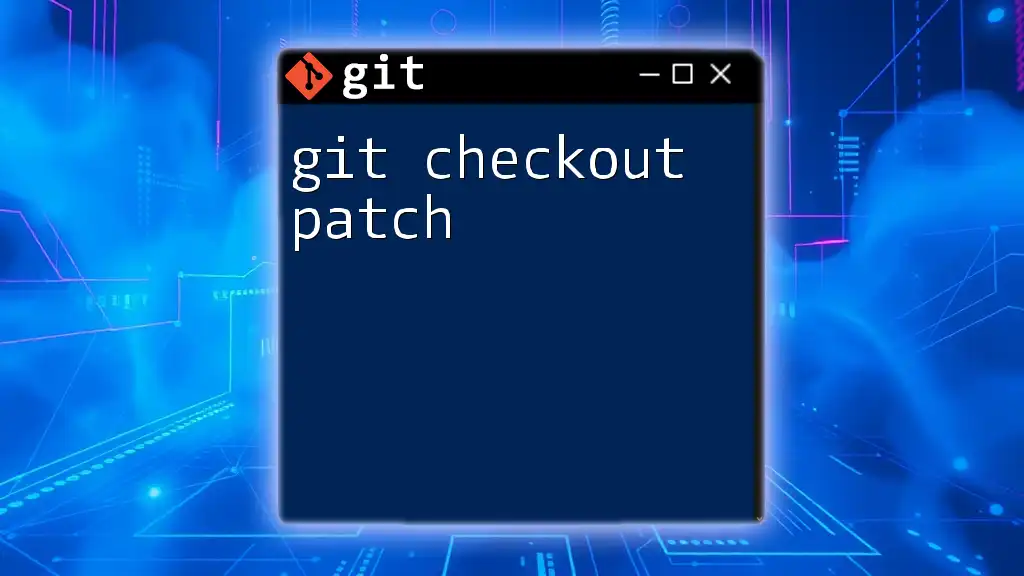
Best Practices for Using `git checkout --keep-my-changes`
To streamline your Git workflow and avoid setbacks, consider the following best practices:
- Regularly stash or commit your work: Develop a habit of saving your progress frequently.
- Utilize branches for experiments: Whenever you want to try something new, create a dedicated branch.
- Maintain a clean commit history: Use clear and descriptive commit messages to ensure your project history is understandable.
Fostering a structured approach will empower you as a developer and enhance the efficiency of your workflow.

Conclusion
In summary, mastering the `git checkout` command and the concept of keeping your changes is vital for maintaining control over your workflow. By understanding various strategies—like stashing changes, effectively using branches, and committing regularly—you can confidently navigate your projects, minimizing the chances of losing important work. Embrace these practices, and empower yourself as a more efficient and effective Git user.
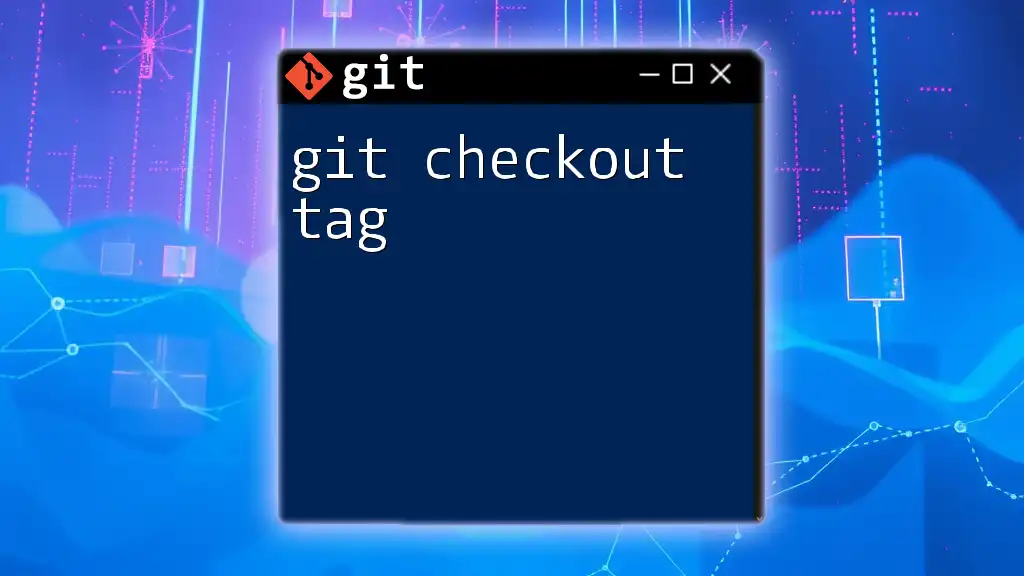
Additional Resources
Consider exploring further tutorials and articles on Git to deepen your understanding. Familiarize yourself with related commands and topics that can expand your Git proficiency and help you tackle challenges as they arise in your development journey.

